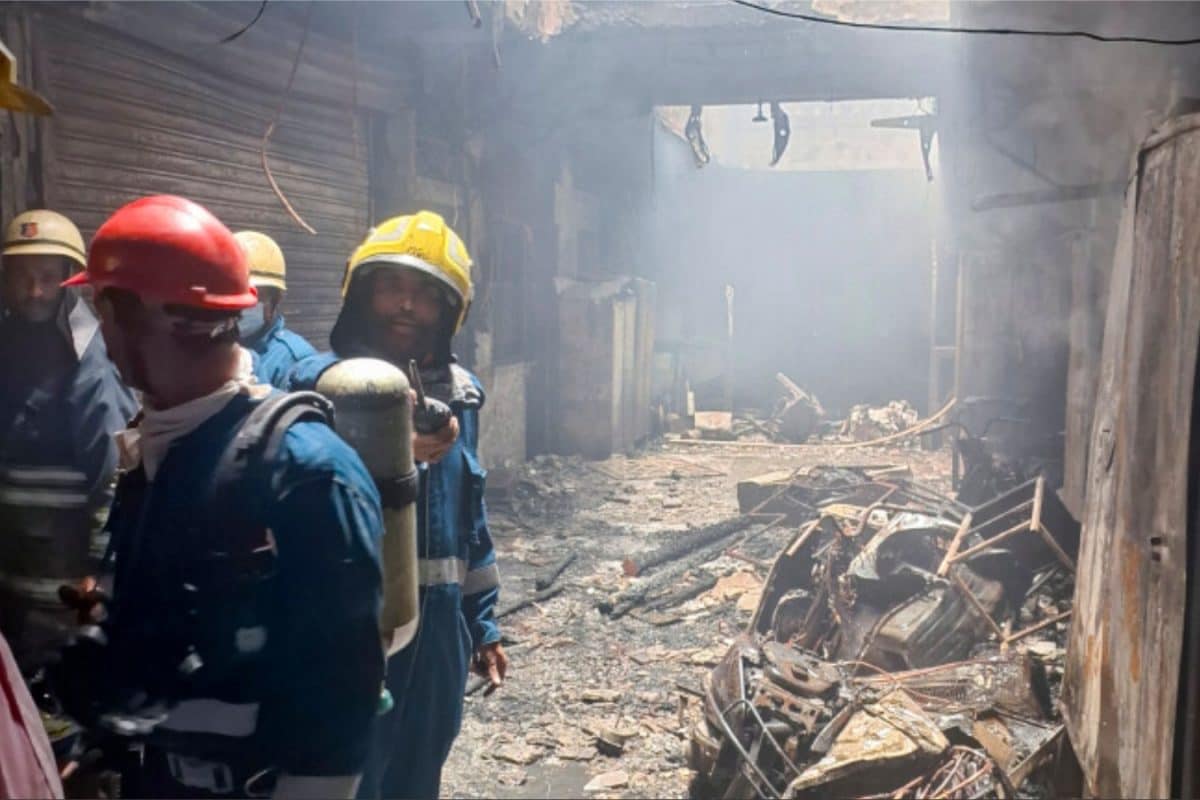

A devastating fire in Hyderabad has tragically highlighted how specific architectural features can turn a building into a death trap. The early morning blaze on May 18, 2025, in the Gulzar Houz area near Charminar, claimed the lives of 17 people, including eight children. The building's design, characterized by a narrow entrance, a tunnel-like passage, and a confined staircase, significantly hampered escape and rescue efforts, contributing to the high death toll.
The affected structure, located in a congested part of the old city, was accessible only through a narrow, tunnel-like passage. This constricted entrance, barely two meters wide, immediately became a bottleneck as the fire erupted. Adding to the challenge, the single staircase leading to the upper floors was just one meter wide. This combination of a narrow entrance and a confined staircase made it extremely difficult for residents to escape and for firefighters to enter and conduct rescue operations efficiently.
According to Telangana State Disaster Response and Fire Services Director General Y. Nagi Reddy, the narrow entrance was quickly engulfed in fire and smoke, effectively cutting off the primary escape route. The staircase, the only access to the first floor, became impassable due to the intense heat and thick smoke. This created a deadly situation where occupants were trapped inside, unable to navigate their way out.
The building's layout posed significant challenges for rescue teams. Firefighters had to break through walls to create ventilation and alternative entry points. The lack of multiple entry and exit points further complicated the rescue efforts. The narrow lanes surrounding the building also made it difficult for fire engines to reach the site promptly. While fire personnel arrived within minutes of receiving the emergency call, the structural constraints significantly delayed their ability to reach those trapped inside.
The rapid spread of the fire, suspected to have been caused by an electrical short circuit in a pearl shop on the ground floor, exacerbated the situation. The flames quickly engulfed the building, and the closed windows, likely shut due to the use of air conditioners, prevented the smoke from escaping. This turned the building into a gas chamber, with victims succumbing to smoke inhalation. According to officials, most of the victims had no burn injuries, indicating that smoke inhalation was the primary cause of death.
The incident has brought attention to the persistent challenges posed by the architectural characteristics of Hyderabad's old city. The area around Charminar is known for its narrow lanes, congested streets, and closely built structures, a result of centuries of historical development. These conditions not only increase the risk of fire but also impede rescue operations when such incidents occur.
In the aftermath of the tragedy, authorities are urged to review building safety regulations and ensure that structures in congested areas have adequate fire safety measures, including multiple escape routes and proper ventilation systems. This heartbreaking incident serves as a stark reminder of the importance of fire safety and the need for better urban planning in historic areas.